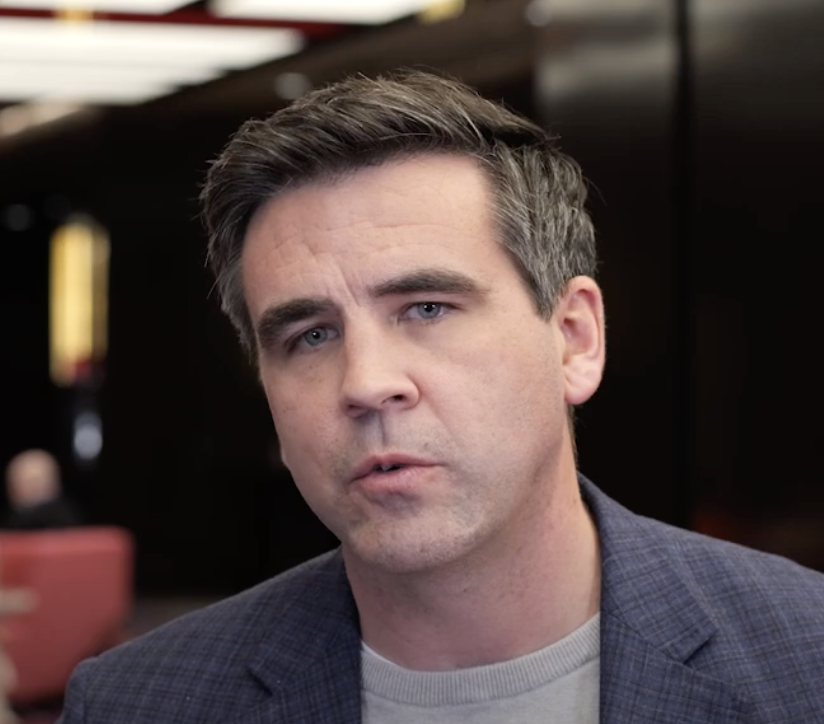Customer Relationship Management
Non-Taxing Returns
CATALOGERS, ONLINE AND OFFLINE RETAILERS might find a new touchpoint for enhancing their customer relationships in an unlikely place: returned merchandise.
So argues Christy Adkinson, vice president of marketing at Returns Online Inc., a Mercer Island, WA outsourcing start-up devoted to managing the logistics (if not the headaches) associated with returns. She feels that customers who have a good experience sending items back to a given company are likely to make purchases from that firm in the future.
Returns Online automates the management and processing of returned merchandise for catalogers and other retailers, doing things like generating return (and refund) authorizations, picking up packages, shipping them back to merchants, and providing a number of related accounting and auditing services.
Depending on the size and number of packages to be sent back, Returns Online (www.returnsonline.com) can save catalogers anywhere between 20% and 50% off the cost of doing it themselves, Adkinson says.
CUSTOMER RELATIONSHIP MANAGEMENT
Gotta Catch ‘Em All!
Webster Bank makes targeted offers to online prospects by combining customer information collected on its Web site with data from its offline transactions.
WHEN IS A CUSTOMER NOT A CUSTOMER? Never, if Waterbury, CT’s Webster Bank can help it. A program that evaluates potential defection patterns is helping the bank realize its goal.
“Banks have been pretty good at proactive marketing but have failed dismally at the things customers [reveal using] their service,” says senior vice president John Menke.
When these individuals take steps toward leaving, by the time their transactional data has been recorded in a database — and extracted, crunched and analyzed — they’re long gone.
“Most of the triggers we’ve identified and used for attrition or diminishment, in theory, are occurring too late in the process,” executive vice president Jeffrey Brown notes.
It’s not that the triggers aren’t the right ones: Webster Bank accurately detects those people who in fact have closed their accounts. At that point, little other than highly motivating pricing — what Menke calls “kamikaze pricing” — is capable of recapturing them.
In contrast, the bank has successfully changed its efforts toward customers whose accounts have diminished in value without being closed. These relationships can either take the form of a significant drop in balance (usually 20% is enough to raise an eyebrow) or a decline in the number of services a person uses.
“Those are salvageable relationships with us,” Menke remarks.
The exact figure, and the exact combinations of services, which have come about through careful analysis, are closely guarded by the marketers. But suspect behavior can include large withdrawals, home equity loan paydowns and use of a non-affiliated ATM.
Not all of the ramp-up work focused on determining who was likely to defect, even though, according to Brown, the company “underestimated the length of time and experimentation [necessary] to find the right triggers.”
Take Webster’s call center strategy. While accounts that had diminished tended to respond better to telephone contact, the bank was cautious about which reps it allowed to talk to such customers.
“Traditional reps were not the right people,” says Menke.
“In this case you’re making the call suspecting that there is a problem [customers] want to talk about. It’s not widget selling: It’s not offering free checking for six months.”
Reps are chosen based on their interpersonal skills, and then very carefully trained. The script they use is also extremely elaborate, with carefully thought-out answers covering most contingencies.
“The spider chart [which details the flow of the conversation based on the customer’s response] is pretty extensive,” says Brown.
Webster Bank’s call center, which handles both inbound and outbound calls, has 100 seats. For its outbound telemarketing efforts, names are fed from the company’s main server to its phone center and loaded into the call system. They are prioritized based on the event and the level of perceived opportunity, with potential defectors getting a higher priority than cross-selling and upselling opportunities.
Outbound calls initially were limited to between 400 and 500 a month, as the marketing department tried to find the right balance between sales calls and near-defection salvage attempts. Webster Bank was also measuring which set of behavioral criteria proved most responsive.
Currently, the center is making 1,000 salvage calls a month. Acknowledging that the value of a customer retained is greater than that of a customer solicited, the “reactive” program, which tried to stave off defection, takes precedence when prioritizing calls.
But defection analysis is a relatively undeveloped science compared with acquisition augmentation practices. When a customer opens an account, the bank wants to develop an appropriate contact based on the initial relationship. A consumer who opens a single account — for instance, a simple savings or checking account — has better than a 50% chance of leaving the bank, unless the relationship can be strengthened through additional services.
One trick is differentiating between a new customer and someone opening a new account, and reacting to each appropriately in a timely manner.
This is where Allink Agent, a system developed by Harte-Hanks Inc., plays a crucial role in the marketing department’s activities. Allink Agent contains a business-rule analysis module that determines whether transactions indicate a propensity for behavior — whether susceptibility to additional offers or potential defection — and routes leads to the appropriate sales channels.
The system also allows banks to determine whether a new account represents a truly new customer, or merely a new account from an existing customer — before any action is taken.
“Householding is not difficult,” Menke claims. “Householding on the fly is difficult.”
The call center has seen success rates of more than 20%, indicating potential defectors who took advantage of a promotional offer and reinvested money they had withdrawn. While not broken out by medium, ancillary sales costs for additional services (such as home equity loans) generated through a telephone and mail combination run between $20 and $40 per sale, with a success rate of between 14% and 20%.
In terms of the economics behind the calls, Brown ranks cross-selling and upselling on a par with holding on to potential defectors.
“Upsell is easier to find, but diminishment is equally important. All our studies find that the [worth] of a high-value relationship is eroded quickest. The economic value-added numbers are pretty much the same.”
The ancillary sales program is triggered by demographic factors. But another initiative, Webster Bank’s augmentation effort, is based largely on changes in existing balances. It almost functions as a defection program in reverse: When a customer suddenly makes a large deposit into a service that offers a lower yield for the bank, a flag goes up in the Allink Agent system.
The business rules for this usually involve a sudden percentage increase in a person’s balance. When the bank notes this, it will send either an e-mail or a direct mail solicitation to the customer (telephone calls have proven too expensive).
This model, says Brown, is the first the bank is fully confident it has down pat, with the right triggers and the right offers producing “significant results.”
Webster Bank began using direct mail last August. Here, the company focuses primarily on cross-selling and upselling, although it’s still experimenting with potential defectors. Allink Agent produces names for the direct mail program daily, with a cumulative mail-out of between 6,000 and 7,000 pieces a month.
Within the next few months Webster Bank hopes to have implemented a much more cost-effective e-mail contact system. But the e-mail channel is better suited toward customer service, says Brown. Its use as a marketing channel is just being explored, although the bank does make targeted offers on its Web page.
To that end, Webster Bank has tied in information collected from the Web site with data from its offline transactions, and eventually will be incorporating clickstream data into its business rules.
Even those customers who don’t take advantage of the offers made to them show some benefit: Once contacted, they tend to remain with the bank a few months longer than when the predictive models show they would have defected.
Future plans call for applying reactive analysis to the business environment, where trigger behavior is likely entirely different from that of consumers. Another potential use — yet unrealized — is fraud detection: Check kiting, for instance, would be triggered by funds flowing in and out of accounts over short periods of time.
 Network
Network




